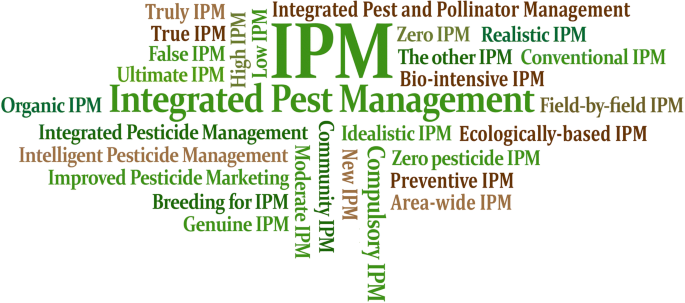
Introduction:
In the realm of pest management, Integrated Rodent Control Systems have emerged as a comprehensive and effective approach to address the challenges posed by rodents. These systems integrate various strategies to ensure a holistic and sustainable method for controlling rodent populations.
Understanding the Need for Integration:
Rodents, such as mice and rats, are notorious for their ability to adapt to traditional pest control methods. Integrated Rodent Control Systems recognize the need for a multifaceted approach to combat these resilient pests. By integrating various control methods, these systems aim to create a more effective and long-lasting solution.
Environmental Considerations in Rodent Control:
Traditional rodent control methods often involve the use of chemical baits and traps, raising environmental and health concerns. Integrated Rodent Control Systems prioritize eco-friendly approaches. This includes the use of non-toxic baits, humane traps, and prevention strategies to minimize the impact on the environment.
Comprehensive Inspection and Monitoring:
A key element of integrated rodent control is thorough inspection and monitoring. This involves identifying entry points, nesting sites, and signs of rodent activity. By understanding the behavior and habits of rodents, control measures can be tailored for maximum effectiveness.
Physical Exclusion: Creating Rodent-Proof Environments:
Integrated Rodent Control Systems emphasize the importance of physical exclusion. This involves sealing entry points and securing vulnerable areas to prevent rodent access. By creating rodent-proof environments, the need for ongoing control measures is reduced, contributing to long-term success.
Non-Toxic Baiting Strategies:
Traditional rodenticides often pose risks to non-target species and can lead to secondary poisoning. Integrated systems incorporate non-toxic baiting strategies that attract rodents without posing a threat to other wildlife or pets. This ensures a targeted and environmentally responsible approach to controlling rodent populations.
Humane Trapping Methods:
In situations where live capture is preferred, humane trapping methods play a crucial role. Integrated Rodent Control Systems incorporate traps designed to capture rodents without causing harm. This ethical approach aligns with a growing awareness of the importance of humane pest control practices.
Biological Control Measures: Natural Predators and Deterrents:
Introducing natural predators or deterrents is a unique aspect of integrated rodent control. Certain animals, like certain species of owls or snakes, can serve as natural predators, helping to keep rodent populations in check. Additionally, botanical deterrents may be used to discourage rodents from frequenting specific areas.
Education and Community Engagement:
An integral component of integrated rodent control is education and community engagement. Empowering communities with knowledge about effective waste management, hygiene practices, and early detection of rodent issues can contribute significantly to the success of these control systems.
Monitoring and Continuous Improvement:
Integrated Rodent Control is an ongoing process that requires monitoring and continuous improvement. Regular assessments of the effectiveness of control measures, coupled with adjustments based on changing conditions, ensure that the system remains adaptive and responsive to the evolving rodent control needs.
Conclusion:
Integrated Rodent Control Systems offer a forward-thinking and sustainable approach to managing rodent populations. By combining various strategies, from physical exclusion to non-toxic baiting and humane trapping, these systems prioritize both effectiveness and environmental responsibility. For more information on integrated rodent control, visit HomeInHarmonia.com and discover a harmonious way to coexist with these persistent pests.
